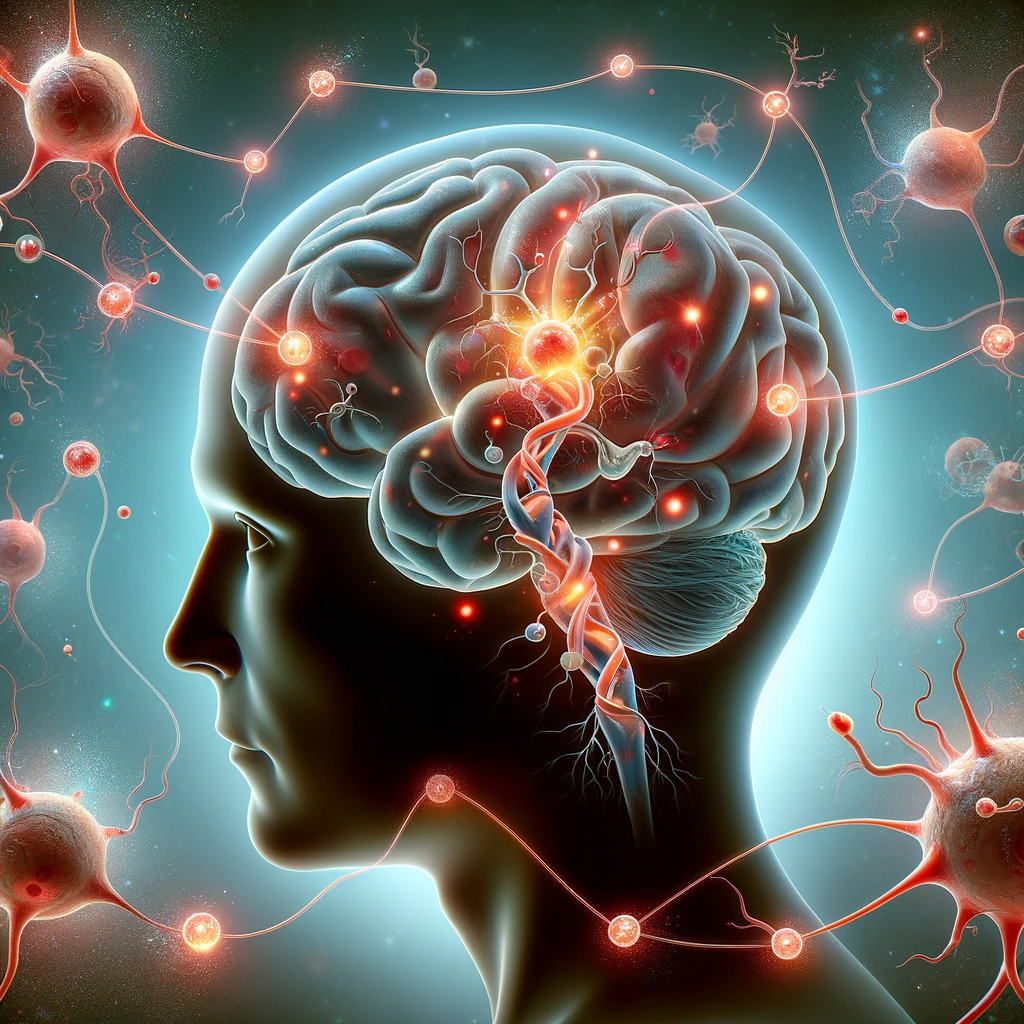Since its discovery, 50 years ago, the role of HMGB1 protein has shift from mere structural protein in chromatin, to be considered as a key factor in new therapeutic approaches to diseases, such as intracranial aneurysms.
In neurology and vascular diseases, the interplay between inflammation and intracranial aneurysms (IA) has long been considered as an intricate research. A recent study sheds light on the main role of High-Mobility Group Box 1 (HMGB1) protein, a key alarm molecule in the pathogenesis of inflammatory diseases, including IA.
This research aimed to clarify the role of HMGB1 in intracranial aneurysms and its correlation with other inflammation-related factors.
The results of the study suggest as HMGB1, along with TNF-α and TREM-1, plays a crucial role in IA-related inflammation. HMGB1 was mainly found in the inner wall of the aneurysm, aligning with the localization patterns of TNF-α and TREM-1, suggesting a concerted involvement in the inflammatory processes linked to IA.
Following these findings HMGB1 could be a potential therapeutic target, offering new directions for intracranial aneurysms treatment research.
HMGBiotech Srl can provide comprehensive information to facilitate informed decision-making for research involving HMGB1.
Discover more about HMGB1 proteins
Read the full article about the study: https://pubmed.ncbi.nlm.nih.gov/38242523/

